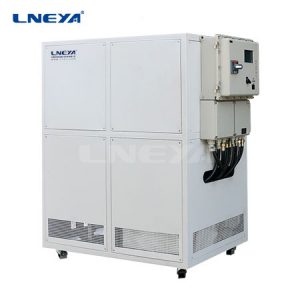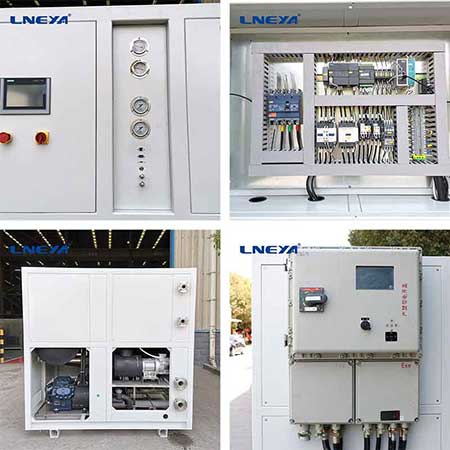What are the advantages of water cooling?
(1) Easy maintenance and installation: The system is simple, easy to install and maintain quickly, without professional maintenance personnel.
(2) Low noise and low vibration: let us get fresh and natural cool wind without any noise effect unconsciously, and the body itself will not radiate heat to the surrounding.

(3) Each cold air covers an area of 100-130 square meters, within which the temperature can be reduced to 5-8 ℃.
(4) Keep the indoor air clean, clean and sanitary: It is a major feature of the evaporative air conditioner that the doors and windows are open for ventilation. The 100% fresh air replacement * makes people always in the natural environment, completely free from the discomfort brought by traditional air conditioners, and the dirty air is discharged out of the room.
(5) Obvious cooling effect: in relatively humid areas (such as southern areas), it can generally achieve a significant cooling effect of about 5-9 ℃; In particularly hot and dry areas (such as the north and northwest), the temperature drop can reach about 10-15 ℃.
1. How can the water cooler save power?
(1) Energy saving principle of LN -60°C ~ -10°C Cryogenic Water Cooled Chillers: increase evaporation temperature and reduce condensation temperature. On the premise of meeting the requirements of equipment safety and production, the evaporation temperature and condensation temperature shall be increased as much as possible. Therefore, the transformation of cooling tower has been increased to ensure the efficiency of cooling water.

(2) Prevent and reduce pipe scaling to improve the heat exchange efficiency of condenser and evaporator Make up water If the water treatment is not good, calcium bicarbonate and magnesium bicarbonate generated by heating will deposit on the pipe.
It will reduce the thermal conductivity, affect the heat exchange efficiency of the condenser and evaporator, and greatly increase the operating electricity cost of the equipment. At this time, in addition to water treatment technology, regular automatic cleaning equipment can also be used for pipeline cleaning.
2. What is the principle of water cooler?
After the liquid refrigerant absorbs the heat of the object to be cooled in the evaporator, it vaporizes into low temperature and low pressure steam, is sucked in by the compressor, and is compressed into high temperature and high pressure steam before being discharged into the condenser.

In the condenser, it releases heat to the cooling medium (water or air), condenses into high pressure liquid, is throttled into low temperature and low pressure refrigerant by the throttle valve, and then enters the evaporator again to absorb heat and vaporize, so as to achieve the purpose of circulating refrigeration.
In this way, the refrigerant in the system completes a refrigeration cycle through four basic processes of evaporation, compression, condensation and throttling. Water cooling is to use tap water and other water sources to provide cooling for the chiller.
3. What is a water cooler?
Water chiller is a kind of cooling water equipment that can provide constant temperature, constant flow and constant pressure. Water chillers are divided into air cooled chillers and water cooled chillers.
Because the heat capacity of water (the heat absorbed by a unit mass of an object every one degree Celsius) is much greater than that of air, the efficiency of water cooled engines is much greater than that of air cooled (air-cooled) engines.
 LNEYA
LNEYA
 简体中文
简体中文


















































































